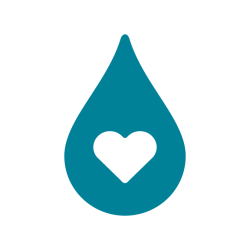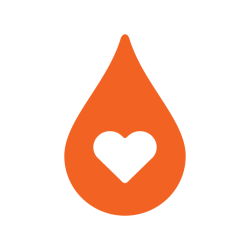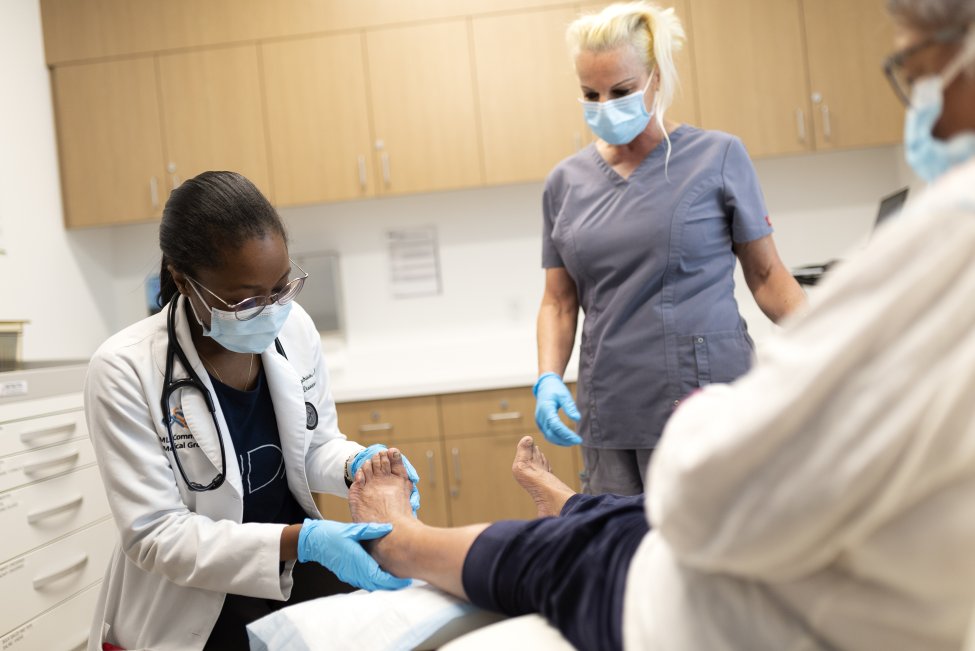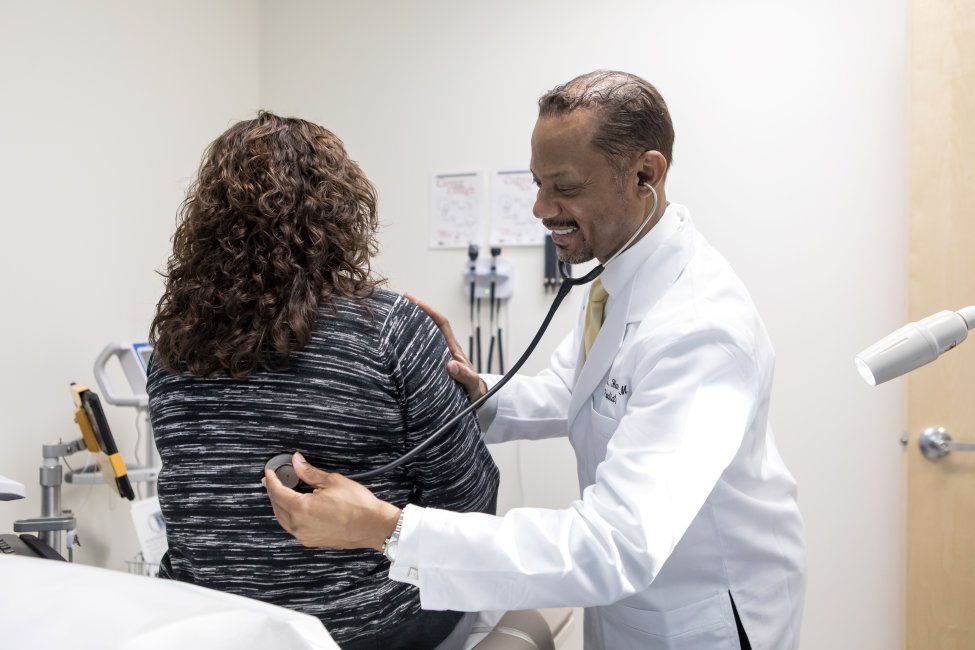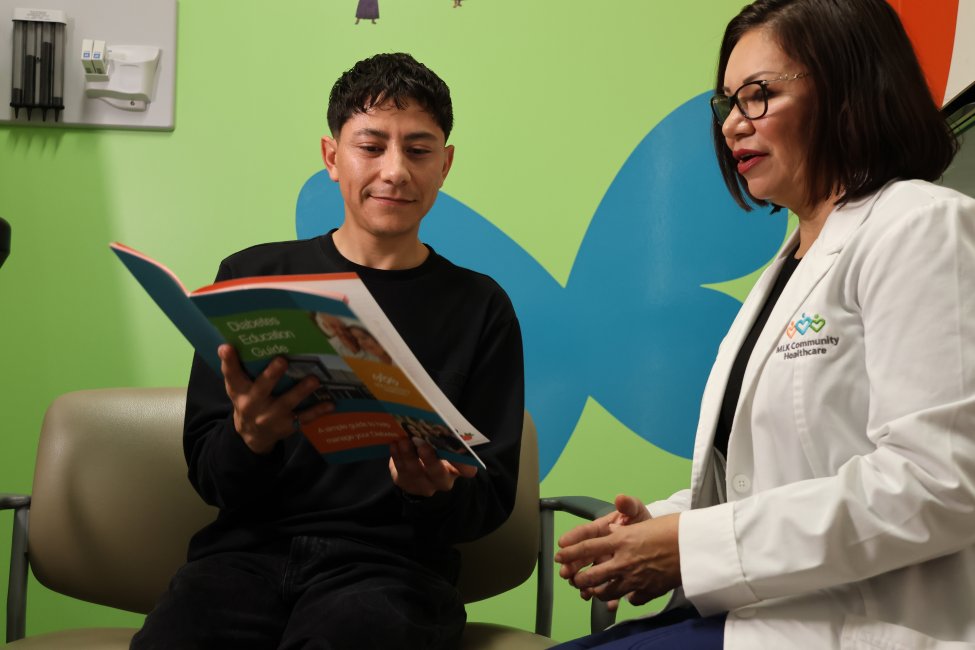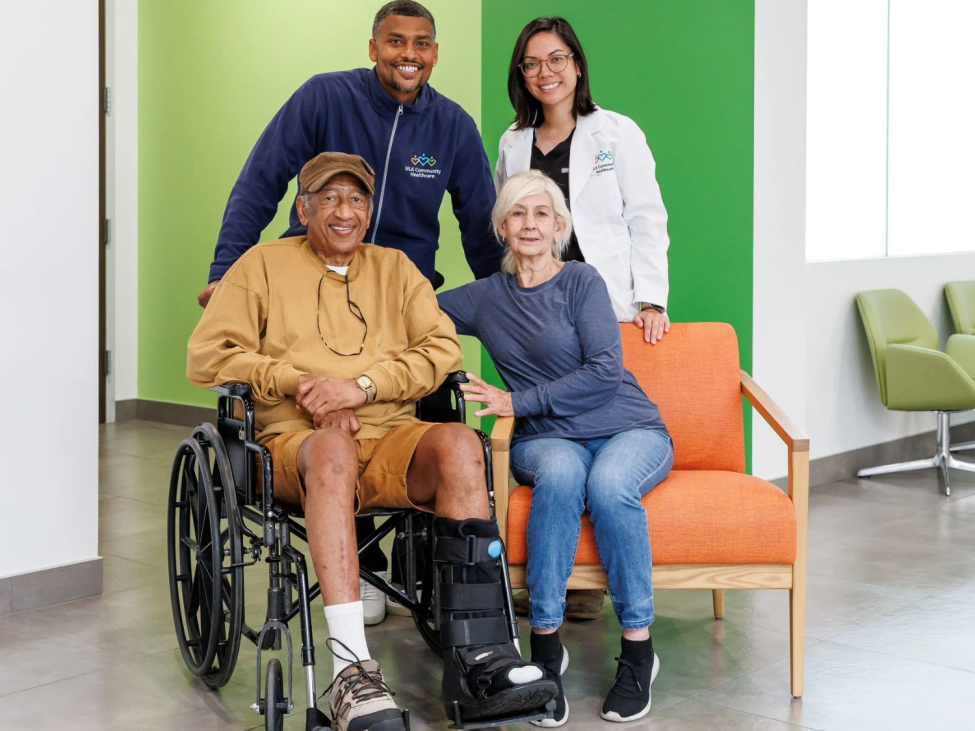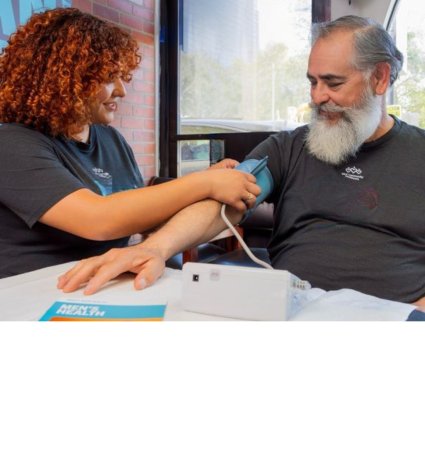Comprehensive diabetes care, from hospital to home
What Sets Us Apart
At MLK Community Healthcare, we do more than treat diabetes—we help you prevent, manage, and thrive. As a nationally recognized Diabetes Center of Excellence, we provide screenings, expert care and personalized support to help you live healthier.
- Top 2% in the U.S. – One of only 70 hospitals recognized for Advanced Inpatient Diabetes Care by The Joint Commission
- Screening at Every Visit – We check for diabetes at every appointment, no matter the reason
- More Than Doctors – A team of specialists, educators and community health workers support you beyond the hospital

